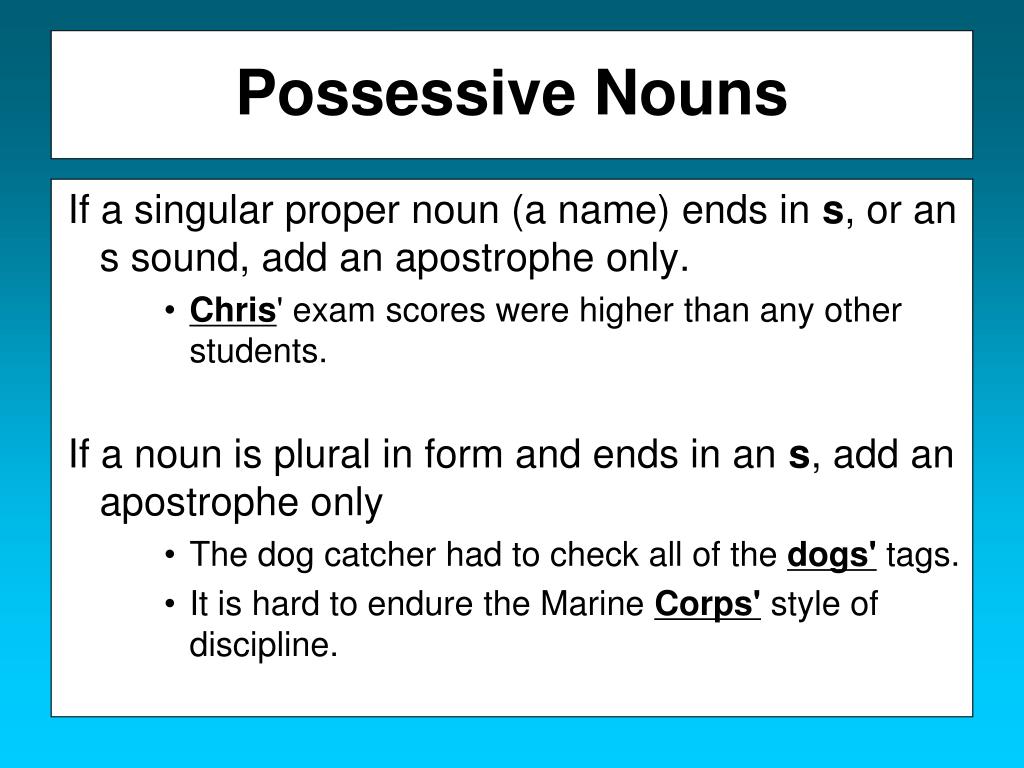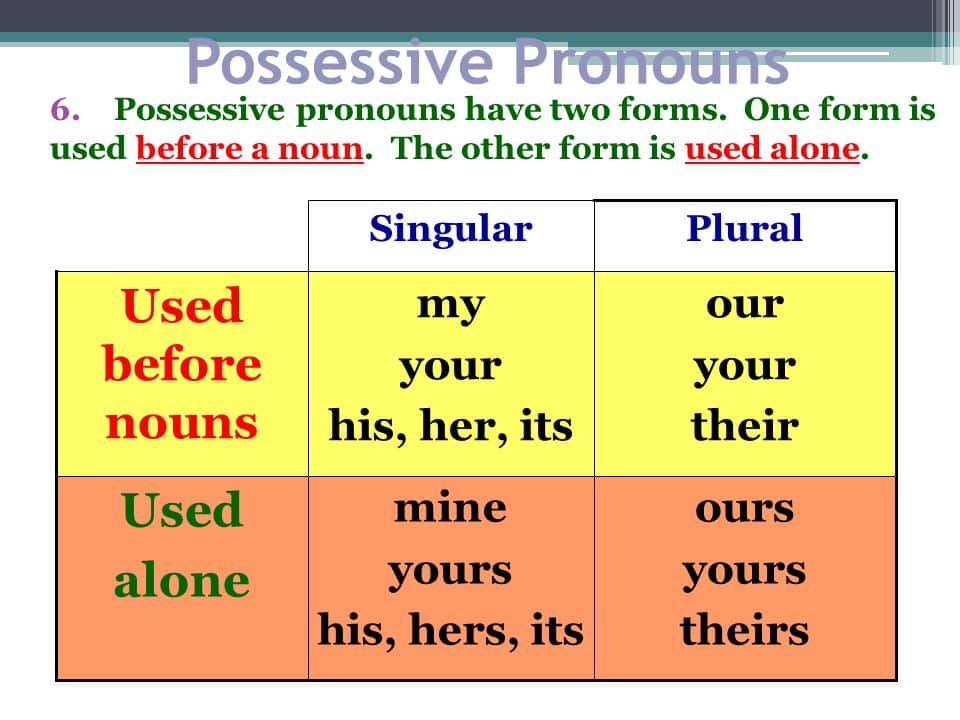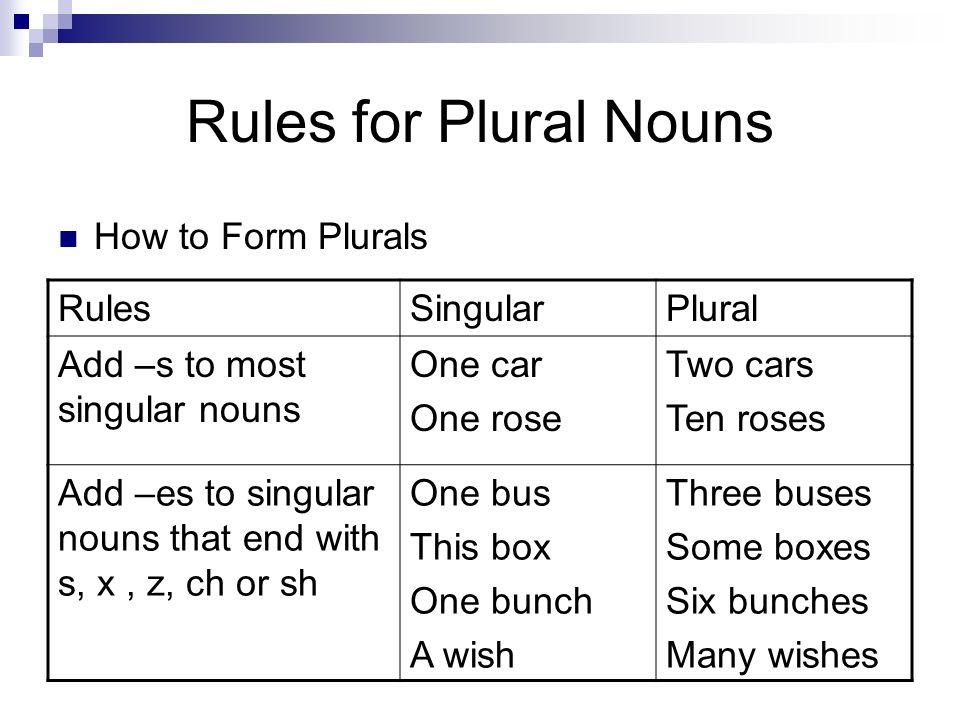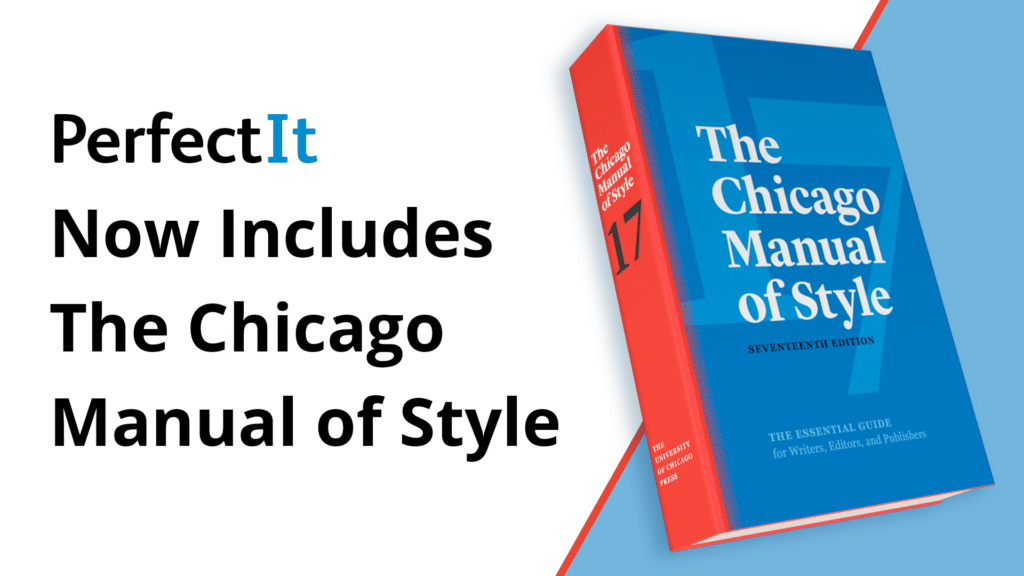Understanding the difference between “Today’s” and “Todays” can be tricky for many. Whether you’re writing a report, a blog, or even a simple note, knowing how to use possessive forms correctly will make your writing more professional and clear. In this article, we’ll explore the correct use of these forms, how to apply them in everyday situations, and the rules that guide them, according to the Chicago Manual of Style and other stylebooks.

What is “Today’s” and How is it Used?
The word “Today’s” is a singular possessive. It represents something that belongs to or is related to today. For example:
- “Today’s weather is unusually warm.”
- “Today’s news headlines are shocking.”
In both sentences, today’s refers to something associated with today (the weather and news headlines). The apostrophe + “s” in today’s signifies ownership.
Possessive Forms and Their Importance
Possessive forms show that something belongs to someone or something. The possessive form of today is today’s, as it refers to the day’s immediate events, actions, or qualities.
This form follows the standard singular possessive rule: adding an apostrophe and “s” to a singular noun to indicate ownership. The same rule applies to words like tomorrow’s and yesterday’s.
Example of Singular Possessive

- “The meeting will discuss today’s issues.”
Here, the word today’s indicates that the issues belong to today—they are today’s issues.
Common Mistakes With “Today’s”
One common mistake people make is confusing today’s with todays. The latter doesn’t exist in the English language, at least not as a grammatically correct form. Some people mistakenly drop the apostrophe, creating the non-existent form todays. Always remember: if you’re referring to something that belongs to today, you need the apostrophe.
The Concept of “Todays” Without the Apostrophe
So, what about todays without the apostrophe? Simply put, todays is incorrect. The word “today” is an adverb and noun but doesn’t have a plural form. There is no need to pluralize today because it’s already singular and refers to a single day—this day.
While many English nouns can take on plural forms, today is not one of them. You wouldn’t say, “I have three todays.” Instead, you could say, “I have three important meetings today.”
What is a Plural Possessive?

While today doesn’t have a plural form, understanding plural possessives will help clear up some of the confusion around words like this. A plural possessive indicates that something belongs to more than one person or thing. In most cases, you form the plural possessive by adding an apostrophe after the “s” at the end of a plural noun. Here are some examples:
- “The students’ books were scattered across the table.”
- (The books belong to multiple students.)
- “The cities’ infrastructures were severely damaged.”
- (The infrastructures belong to several cities.)
Notice that the apostrophe comes after the “s” because the nouns students and cities are plural.
Scenario Examples for “Today’s”
Let’s consider several scenarios where you might use today’s in different contexts. The examples below highlight how the possessive form of today can be applied across various situations.
Related: Past Tense of Draw: Drew or Drawn?
Workplace Scenario
- Today’s meeting was productive.
In this example, today’s shows that the meeting belongs to today—it is associated with this day.
Weather Scenario
- Today’s forecast predicts sunny weather.
Here, the forecast is tied to today. Using the singular possessive, we clearly indicate which day’s forecast we are referring to.
News Scenario
- Have you read today’s paper?
In this case, today’s paper refers to the newspaper that was published today. The ownership is clear: the paper belongs to today.
Student Scenario
- Today’s assignment is due by the end of the day.
This scenario links the assignment to today, emphasizing that the due date is specific to this day.
The Chicago Manual of Style on Possessives

According to the Chicago Manual of Style, a respected guide for grammar and style, the rule for creating a singular possessive remains consistent: add an apostrophe + “s” for singular nouns. This applies to today as well. The Chicago Manual also states that this rule applies even when the noun ends in “s” (e.g., boss’s).
However, it’s important to note that different style guides, such as AP Stylebook, sometimes have slight variations. The AP Stylebook tends to omit the “s” after the apostrophe when a word already ends in “s,” but this doesn’t apply to today since it doesn’t end with “s.”
When to Use “Today” Without Possessive
While we’ve covered possessive uses, there are plenty of times when you’ll use today without making it possessive. These situations typically involve today functioning as a noun or adverb, without any need to show ownership.
Example 1: As a Noun
- Today is the first day of autumn.
In this sentence, today simply refers to the current day.
Example 2: As an Adverb
- He’s leaving the office today.
Here, today is used as an adverb to describe when he’s leaving.
These uses of today are not possessive because they don’t show ownership or association with anything specific.
How “Today’s” Compares with Other Possessives
Now that we’ve covered how today’s works, let’s compare it with other singular possessive forms.
Yesterday’s
- Yesterday’s events were surprising.
In this example, yesterday’s follows the same rule as today’s. It shows ownership by yesterday, meaning the events belong to the previous day.
Tomorrow’s
- Tomorrow’s weather looks promising.
Similarly, tomorrow’s indicates that the weather belongs to tomorrow, just like today’s indicates something associated with today.
Other Singular Possessive Examples
- The company’s new policy is strict.
- The city’s skyline is beautiful.
All of these examples follow the same possessive form rule of adding an apostrophe + “s” to a singular noun to show ownership.
Recap of Key Rules for “Today’s”
Let’s summarize the main points:
- Today’s is the singular possessive form of today. Use it when you want to indicate that something belongs to or is associated with today.
- Todays (without the apostrophe) is incorrect. There is no plural form of today.
- The Chicago Manual of Style recommends adding an apostrophe + “s” for singular possessives like today’s, even when the word ends in “s”.
- Use today without an apostrophe when you’re using it as a simple noun or adverb, without indicating ownership.
Conclusion
The distinction between “Today’s” and “Todays” may seem small, but it’s critical to maintaining clarity and professionalism in your writing. Remember that today’s is a possessive form, while todays is grammatically incorrect. By following the rules laid out by the Chicago Manual and other respected style guides, you’ll ensure your writing is precise, professional, and polished. Whether you’re talking about today’s events, news, or weather, now you know how to get it right!

Burak Ozcivat is an experienced blogger at Grammar Gem, where he shares his expertise in grammar and the English language. With a passion for simplifying complex topics, Burak delivers engaging, informative content that helps readers master grammar. His insightful posts are a go-to resource for language enthusiasts.







